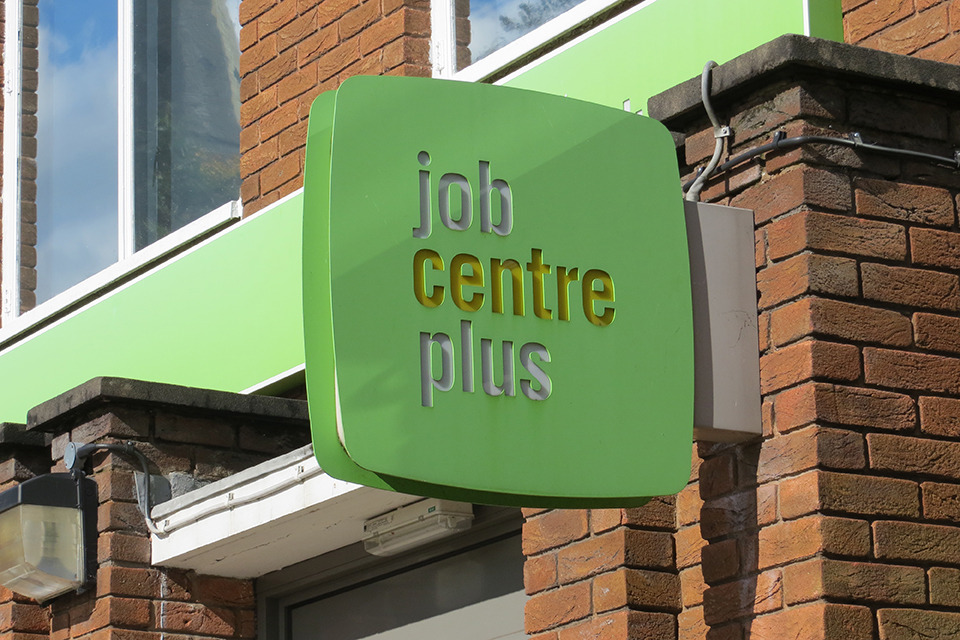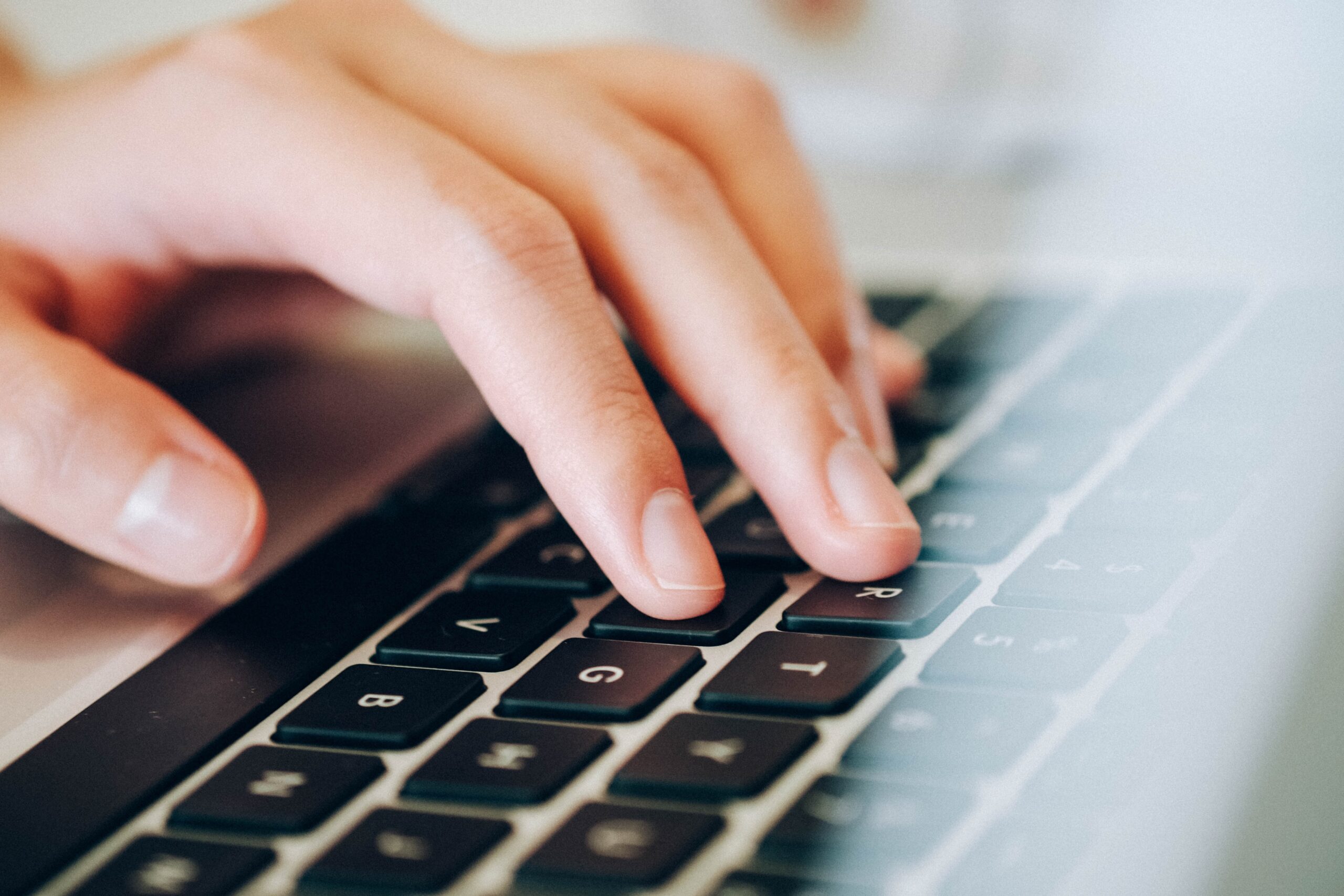The Singaporean government’s response to Covid-19 has made extensive use of digital, devices, and data – not always uncontroversially. PublicTechnology talks to Kok Ping Soon, the head of GovTech Singapore, to find out more.
Citizens celebrate new year in Singapore Credit: Xinhua News Agency/PA Images
“We are one of the countries that has really been able to leverage technology to respond to Covid,” says Kok Ping Soon, chief executive of GovTech Singapore. “I suppose our ability to do that rests on our good engineering capabilities, the fact that we were able to leverage the cloud, and the fact we have good data infrastructure; these were the key reasons why we were able to deliver the digital solutions quickly.
“But we are not resting on our laurels – we want to make sure we lock in the gains from digitalisation.”
Such gains saw the technology agency’s work progress “five years in eight weeks” around the start of the pandemic, according to the chief executive.
“My message to my senior officers and stakeholders is that, if there is a silver lining to Covid-19, it is in the digitalisation agenda,” Kok says. “Many things that we wished we could do have been brought forward.”
GovTech, an operational unit based in the Singaporean prime minister’s office, fulfils a similar function to the Government Digital Service, with a team of more than 500 software developers and other tech specialists supporting the creation of digital services, as well other areas such as the use of data analytics and artificial intelligence.
We have benefitted from a system where our office is embedded into ministries – the Ministry of Health CIO is from my agency, as is the CIO for the Ministry of Trade
The organisation also has a considerably wider role than its UK equivalent, as it directly provides and manages the in-house IT teams of about two thirds of government departments; this comprises around 1,200 people. GovTech also oversees government-wide cybersecurity, including the management of an annual tech procurement budget of around £1.5bn.
Speaking to PublicTechnology in December, Kok says that, when the coronavirus crisis first hit – “which seems like a century ago” – the organisation identified three primary objectives that it believed could be supported by digital platforms and services.
“Firstly, how can we get information across to our citizens in a very timely and accurate manner?,” he says. “How can we use digital solutions to broadcast messages? And, beyond the broadcasting, there’s a [need] to use digital channels for more ‘narrowcasting’ – in the sense that, if you can personalise, that is good, but if not then at least provide more contextualised or more localised specific information.”
The mass promulgation of government updates was supported by the creation of a WhatsApp channel that, at its peak, sent as many as seven daily messages, in four languages, to a total of more than 1.3 million subscribers across the country.
Other communication tools include the ‘Ask Jamie’ chatbot, an online tool rolled out across more than 70 Singaporean government agencies since its launch in 2014. Since early 2020, the program has been adapted and bolstered to support queries concerning the pandemic. A companion chatbot for business has also been launched.
The Covid-19 Situation report website, meanwhile, serves as a central hub through which the Ministry of Health publishes daily data on the spread of the virus.
Business support
The provision of more detailed and local information supported the second key objective identified by Kok at the start of the pandemic: to aid in the distribution to the population of essential goods, and access to services and support.
This began with the creation of the Mask Go Where online service, which allowed citizens to find where they could collect their government-distributed masks.
“Very soon, we found there were lots of other things,” for which the GoWhere platform could be repurposed, Kok says.
These have included “where to go to a clinic for a check-up, where to go for financial support… [and] distributing meals and community food packs”.
The third major area on which GovTech has focused is “digital solutions to support the management of outbreaks”.
20 March 2020
Date on which Singapore launched its contact-tracing app – three days before the UK went into lockdown for the first time
70
Number of Singaporean agencies that already used the Ask Jamie chatbot, which has been repurposed to answer citizens’ coronavirus queries
10 million
Number of venue check-ins processed by the SafeEntry system each day
“There are two parts to this,” the chief executive says. “One is how can we help companies manage the situation and fulfil their requirements. The second is how can we help health authorities.”
During the pandemic, Singaporean businesses have faced new obligations including ensuring adequate social distancing and, where necessary, conducting temperature scanning of employees.
To support this, GovTech worked on developing an affordable product that could allow firms to conduct widespread screening.
“For some of the biggest premises where they want to deploy higher-end solutions, that can be quite expensive,” Kok says. “[But] the secret sauce here doesn’t lie so much in very expensive hardware – it is actually in the software. We used deep learning-based software and packaged it with low-cost off-the-shelf hardware.”
The result is an infrared camera that can detect faces and measure temperature – removing the need for temperature to be scanned manually. GovTech made about of these 50 units for rapid deployment, and has since licensed its SPOTON software to three local SMEs and one non-profit organisation, which will construct further units to be sold to businesses across the country at a cost of about £375.
Companies have also been supported in their fulfilling their coronavirus requirements by the GoBusiness portal, which allows them to apply for and declare the exemptions and permissions needed for organisations and individual workers to return to work.
“We developed a declaration system that allows [companies] to integrate it into their own business-management systems,” the CEO says.
App and running
The most high-profile element – for good and for ill – of GovTech’s coronavirus response effort has been its work to support Singapore’s Ministry of Health, and the wider national public health response, principally through the development of contact-tracing technology.
Singapore launched the TraceTogether app as early as 20 March 2020 – three days before the UK went into its first national lockdown.
Like the contact-tracing apps that have followed since, the Singaporean program uses Bluetooth technology to detect close contacts between users, each of whom is assigned a random ID. This is then used to generate further temporary IDs each day.
The app captures and stores on users’ phones for 25 days information on contacts, including the temporary IDs of each device, the time the contact took place, and the duration.
To supplement the app, in September GovTech began distributing small Bluetooth-enabled tokens that can be worn or a lanyard or carried in users’ bags or pockets.
This, according to Kok, not only helped address the need to include in the contact-tracing programme citizens that do not own smartphones, but can also help “overcome the limitations of iOS” that mean that the TraceTogether app cannot be kept running in the background on Apple devices – and so stops working for long periods.
The app and tokens tie in with the SafeEntry system which allows users to check into venues. This platform processes more than 10 million check-ins at venues around the country each day, according to the GovTech chief.
Information from the contact-tracing, venue check-ins, and quarantine orders has been gathered in a government “data warehouse”.
When a user tests positive for coronavirus, permission is requested for their encrypted contact log to be provided to the Ministry of Health, which can then “deanonymise” the data.
Singapore is one of the only countries that has successfully launched a programme that allows for data to be collected and collated by public health authorities; the UK government’s attempt to do so was abandoned, in favour of adopting the Exposure Notification infrastructure jointly developed by Apple and Google, in which data is stored solely on users’ phones.
The privacy concerns raised over centralised models like Singapore’s – coupled with the limitations of Apple’s operating system – has seen most countries go for the decentralised technology developed by the two vendors.
But the GovTech points out that, in the Singaporean, the ultimate holder of the “master key” that can unlock the anonymity of the data is the government – and not a private company.
“With Exposure Notification – it is Apple and Google that do so,” he says. “It prevents health authorities from identifying the transmission chain. You need to understand the transmission chain, in order to do epidemiological investigations and identify clusters. That was the key reason why we didn’t go with the exposure notification protocol, and stuck with our own Trace Together.
Kok says that, in cases where a user denies permission for their log to be provided, laws exist through which the government can compel them to do so, if required.
“Most of the time we don’t need to do that – citizens understand the importance of it,” he adds.
Tracing trust
PublicTechnology talked to the GovTech chief before ministers admitted that the data gathered by the contact-tracing app could also, in some cases, be shared with the police for investigative purposes.
The long-standing Criminal Procedure Code of Singapore allows law-enforcement agencies extremely broad access to any publicly or privately held data they believe may be “necessary or desirable for any investigation, inquiry, trial or other proceeding”.
But, last summer, foreign minister Vivian Balakrishnan had indicated that the data gathered through TraceTogether would be used for nothing other than contact tracing.
After his cabinet colleague, home affairs minister Desmond Tan, revealed last month that CPC law did apply to TraceTogether data, Balakrishnan admitted that data had been accessed by law enforcement – although, to data, this has only happened for one murder case, he said.
Shortly after these revelations, the Smart Nation and Digital Government Office – a policy and programmes unit that sits alongside its implementation-focused sister agency GovTech in the prime minister’s office – issued a statement that said “we acknowledge our error in not stating that data from TraceTogether is not exempt from the Criminal Procedure Code”.
Seven
Number of daily government updates provided via the WhatsApp channel at its peak usage
80%
Approximate proportion of population using the TraceTogether app or token as of January 2021
$100
Value of vouchers given to each citizen to spend on local attractions
The update added that urgent legislation would be brought forward this month ensuring that police could access TraceTogether data only for investigations into seven of the most serious types of offences: dangerous weapons crime and armed robbery; terrorism-related offences; violent crime and murder; drug trafficking; escape from custody; kidnapping; and sexual offences. That law was passed this week.
“It is not in the public interest to completely deny the police access to such data, when the safety of the public or the proper conduct of justice is at stake,” the SNDGO said. “If a serious criminal offence has been committed, the police must be able to use this data to bring the perpetrators to justice, seek redress for the victims, and protect society at large.”
It added: “We value the trust that the public has placed in the TraceTogether programme, and feedback from members of the public. Dr Vivian and [law minister] Mr K. Shanmugam held a public consultation [on 8 January] with members of the press, the legal fraternity, technology experts, and academia, to hear their views on the matter. The views gathered will inform the debate on the upcoming legislation.”
By January, about 80% of the population was using TraceTogether. During his conversation with PublicTechnology, Kok says that the adoption of technology and data has proven an effective tool in Singapore’s coronavirus response partly because “the trust between the citizen and the government is strong”.
A quick perusal of the online reaction of some of those citizens to ministers’ revelations about the use of their data suggests that, beyond the new laws that have been introduced, the government may have to work a little to maintain – or, in some cases, regain – that trust.
Tourism boost
The Singaporean government’s response to Covid has encompassed more than just crisis management; initiatives such as the SingapoRediscovers Vouchers have sought to promote in-country tourism, and boost the local economy.
The scheme has seen every adult citizen of the country given $100 (£55) of vouchers which, between 1 December 2020 and 30 June 2021, can be spent on attractions and accommodation within the country.
Citizens can log in to a GovTech-built platform to access and manage their vouchers.
According to Kok, the development of this service – which is run by the Singapore Tourism Board, an agency of the Ministry of Trade and Industry – is the latest example of GovTech’s ability to work across ministries.
This is, in part, due to its operating model, which means that many departmental technology leaders are provided by the digital agency, ensuring a strong “ops-tech” integration between technologists and their colleagues in delivery and policy.
“I think we have benefitted from a system where our office is embedded into ministries – the Ministry of Health CIO is from my agency, as is the CIO for the Ministry of Trade,” he says.
The day before the first coronavirus case was detected in Singapore last January, the government set up a multi-ministry task force, supported by an operational committee of civil servants.
“That committee is where our office gets plugged in… and we can say ‘actually, technology can play a part’,” Kok says. “All these digital solutions arising from our response to better manage Covid came about because we have a ringside seat for these discussions at the intelligence level, as well as at the individual ministry level.”
If there is a silver lining to Covid-19, it is in the digitalisation agenda; many things that we wished we could do have been brought forward
With the coronavirus crisis now into its second year, the GovTech leader says that work will continue to improve the services built or repurposed during the last 12 months.
The agency has also reimagined its own use of technology; at the time of our conversation shortly before Christmas, Kok says he has begun going in to the office “once or twice a week” – but that the default for the organisation is still to work from home.
“I don’t think 80% of my guys are going to work from home [in the long term], but we shouldn’t revert to 100% back in the office… because there are wellbeing and productivity advantages,” he says. “Even the way we think about an office has to change. Increasingly we find an office is not a place for work, but for social interaction. We are configuring our office to be equipped for more social spaces. And every meeting is equipped for remote participation. Most of our infrastructure is not there at the moment.”
GovTech also intends to continue to recruit talent, he says, particularly at a time when some companies are being forced to let workers go.
After a momentous year for its internal operations and the citizen services it delivers, the GovTech leader says that his goals for the coming months boil down to a simple question.
“How do I ensure these gains are not lost?”



